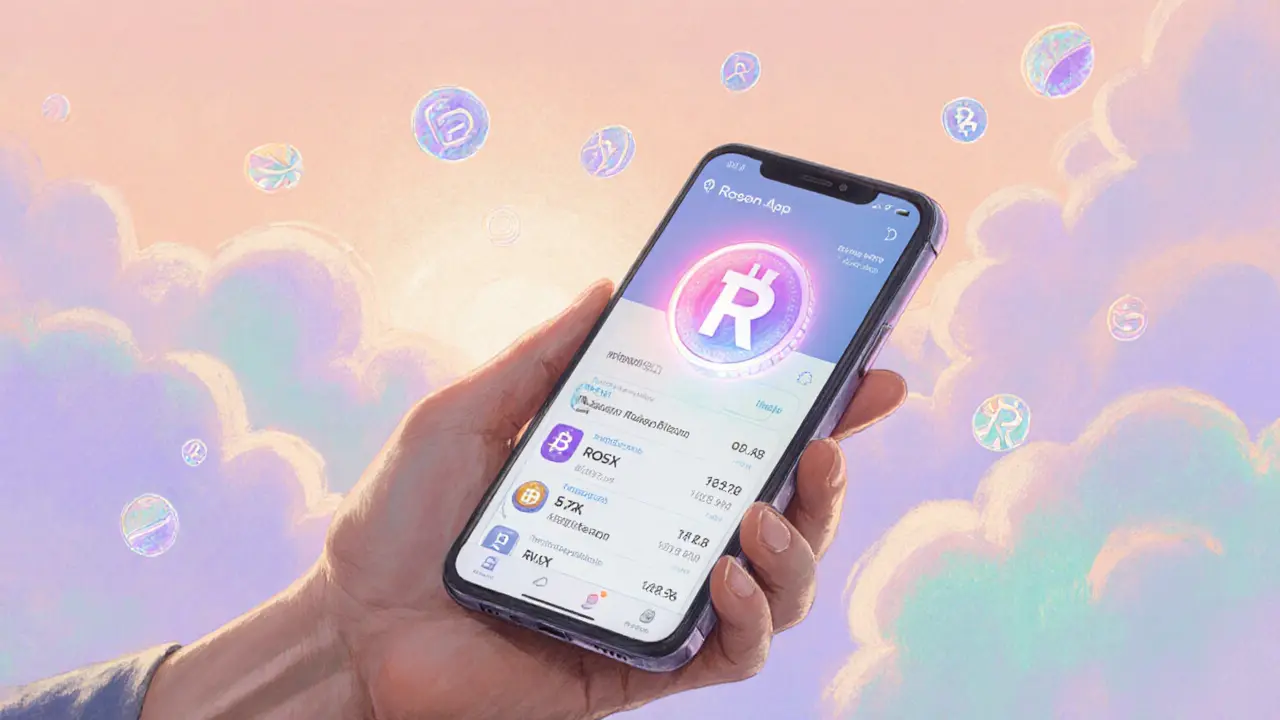Airdrop – Free Crypto Token Distributions Explained
When working with Airdrop, a method where blockchain projects distribute free tokens to eligible wallets. Also known as token airdrop, it helps projects boot‑strap communities and reward early supporters.
airdrop is more than a marketing gimmick; it’s a structured process that combines smart contracts, wallet verification, and often a set of participation rules. Projects usually announce the drop on social channels, set a snapshot date, and then automatically credit qualifying addresses. The snapshot locks in who owns the required token at that moment, which means you need a compatible wallet ready before the deadline. Timing, eligibility criteria, and the type of token (ERC‑20, BEP‑20, etc.) are the core attributes that define each airdrop.
Key Aspects of Airdrops
One of the first things to check is whether the airdrop is legitimate. Airdrop scams, fraudulent schemes that impersonate real projects to steal private keys or funds. Also known as phishing airdrops, they often ask for seed phrases or ask you to send a tiny fee. Spotting red flags—generic language, unverified social accounts, or requests for money—can save you from losing assets.
Even a genuine airdrop can have tax implications. Crypto airdrop tax, the requirement to report the fair market value of received tokens as ordinary income. Different countries treat the event differently, but in the US the value on the day you receive the tokens is taxable. Keeping a record of the snapshot date, token price, and the amount you received is essential for accurate filing.
Many users wonder how to claim specific drops. Take the NYM airdrop, a privacy‑focused token distribution that runs through platforms like Bybit and Galxe. Eligibility usually hinges on holding a certain amount of NYM or completing tasks on partner sites. Once you meet the criteria, you connect your wallet, sign a transaction, and the tokens appear in your balance—often within a few minutes.
Another popular recent campaign is the Artify airdrop, a free token giveaway tied to the Gamerse NFT social platform. This drop required users to link a wallet to the Artify platform, follow a few social prompts, and then claim the ART tokens. Projects use such steps to grow their community and gather user data, so the effort usually pays off with early access to features or future token sales.
Beyond the headline drops, airdrops can serve broader strategic goals. They can increase token circulation, improve price stability, and create a more decentralized ownership structure. For developers, launching an airdrop means writing a smart contract that enforces the distribution rules, handling gas fees, and monitoring the post‑drop market impact. For users, the main attributes to watch are the token’s utility, the project’s roadmap, and the liquidity available on exchanges.
In practice, successful airdrop hunting boils down to three habits: stay updated on project announcements, verify the source before interacting, and log every claim for tax purposes. By following these steps you’ll turn free token giveaways into a steady stream of assets while keeping your wallet safe and compliant.
Below you’ll find a curated list of articles that dive deeper into individual drops, tax reporting, scam detection, and step‑by‑step claim guides. Use them to sharpen your airdrop game and avoid common pitfalls.

Explore ROSX token details, Roseon Finance's products, current market stats, and the reality behind any airdrop plans. Get technical analysis, risk insights, and steps to stay updated.
Jonathan Jennings May 26, 2025




